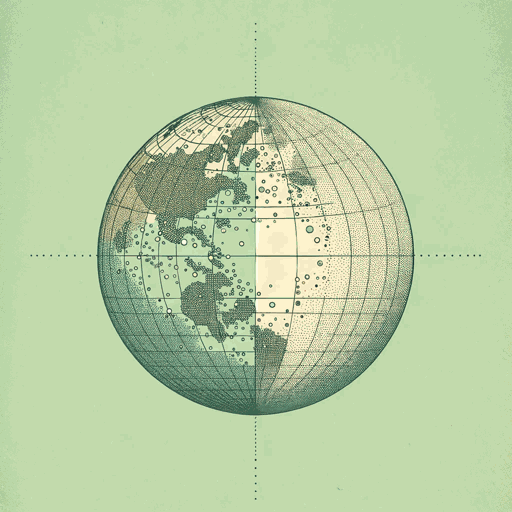71 pages • 2 hours read
Daniel ImmerwahrHow to Hide an Empire: A History of the Greater United States
Nonfiction | Book | Adult | Published in 2019A modern alternative to SparkNotes and CliffsNotes, SuperSummary offers high-quality Study Guides with detailed chapter summaries and analysis of major themes, characters, and more.
Themes
Race, Identity, and the American Empire
With the history of slavery, Indigenous American displacement, and immigration from all over the world, race has remained an important feature of American society and politics. By focusing on the Greater United States, which includes Hawaii, Alaska, Puerto Rico, and the Philippines, Daniel Immerwahr suggests that “race has been even more central to US history than is usually supposed” (11, emphasis added). The relationship between race, American identity, and the US Empire is a consistent trajectory from colonial America until the present.
On the far end of the spectrum, the author discusses the ethnic cleansing of Indigenous Americans through the Indian Removal Act (1830), the racial segregation of Indigenous Alaskans not unlike that of African Americans in the pre-civil rights south, and the imprisonment of Japanese Americans and Indigenous Aleutians during World War II. The parallels between the forced race-based removal in the 19th and 20th centuries are part of a single pattern rooted in racial stereotypes and population management of the “undesirables.” One of the darkest moments in How to Hide an Empire is the 1931 letter by Cornelius Rhoads, which not only engages in racial stereotypes but also reveals his desire to exterminate the entire population of Puerto Rico.
Featured Collections
Books on U.S. History
View Collection
Challenging Authority
View Collection
Colonialism & Postcolonialism
View Collection
Colonialism Unit
View Collection
Nation & Nationalism
View Collection
Politics & Government
View Collection
Popular Book Club Picks
View Collection
Power
View Collection
The Best of "Best Book" Lists
View Collection

